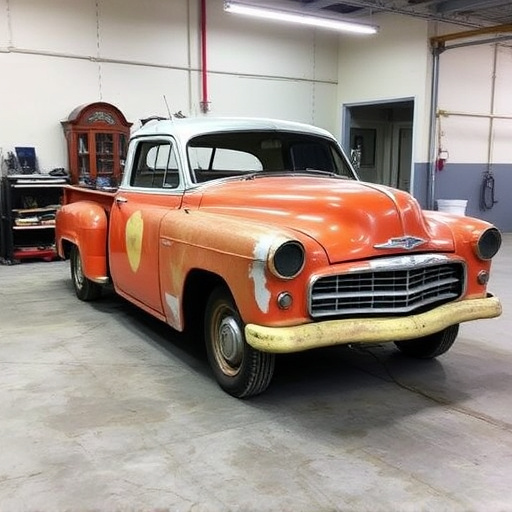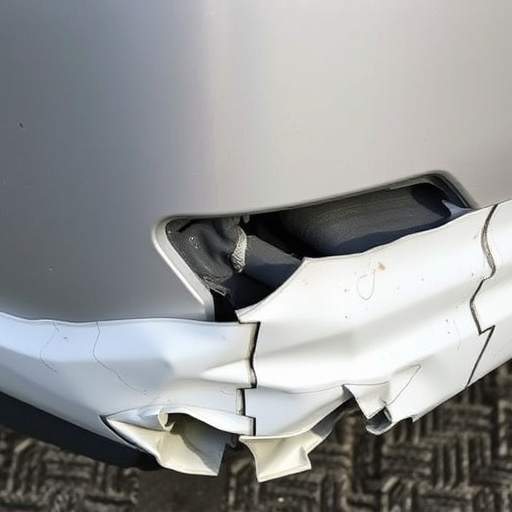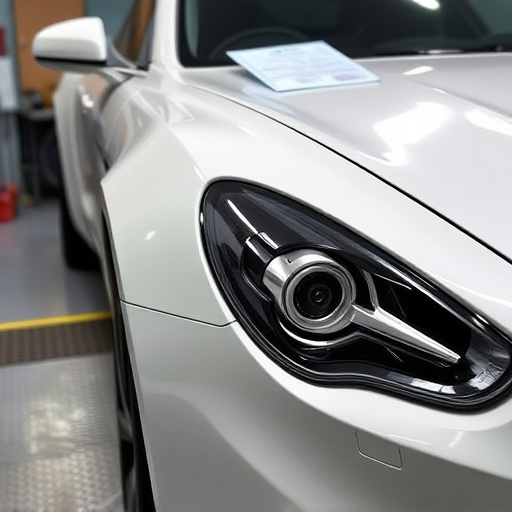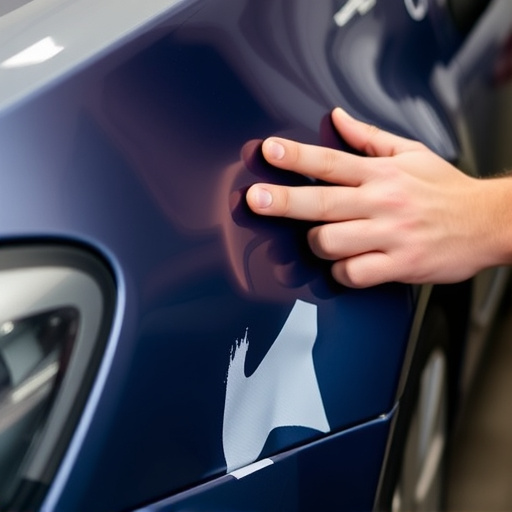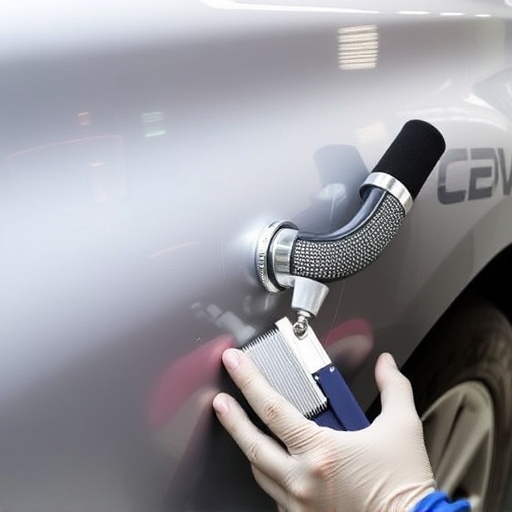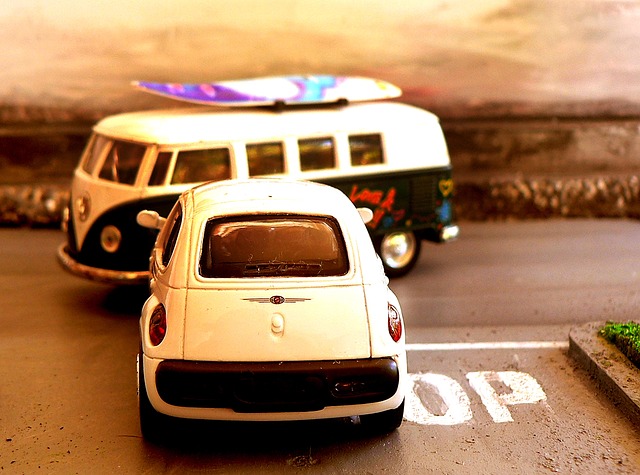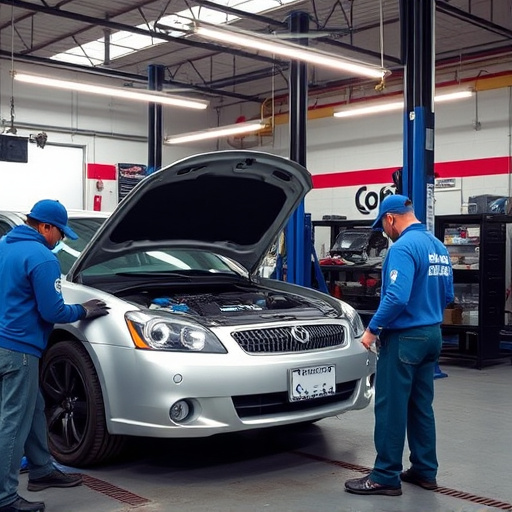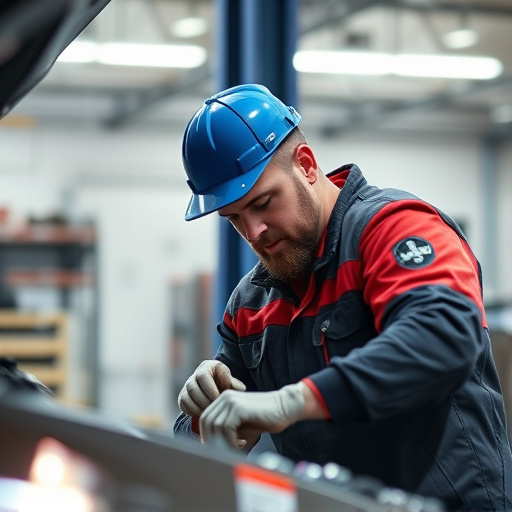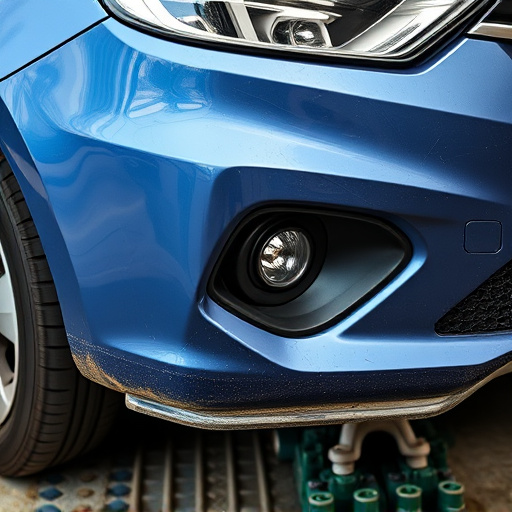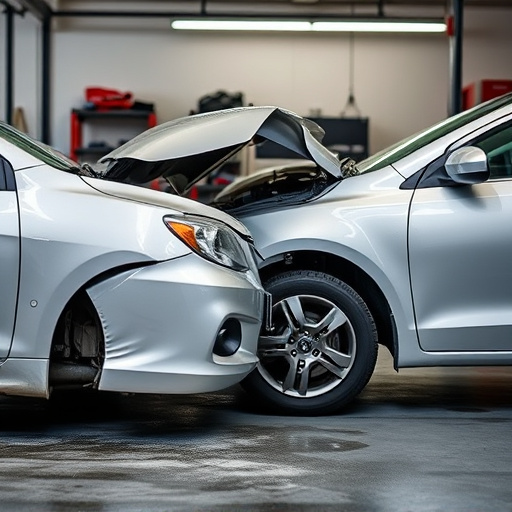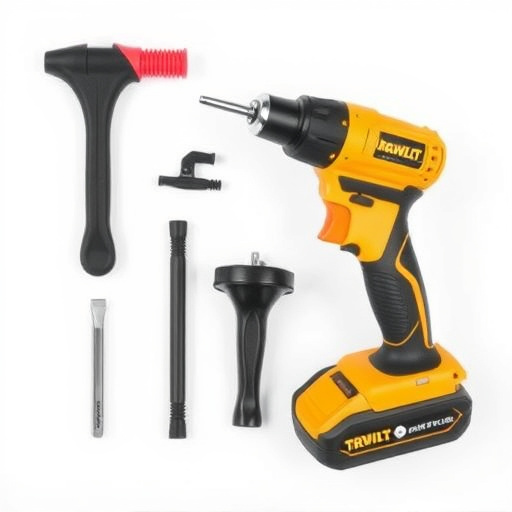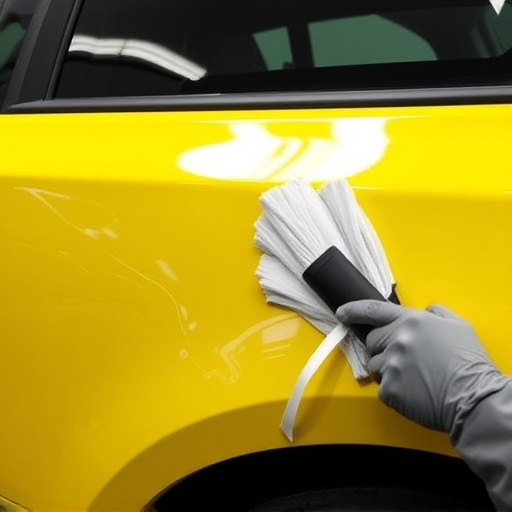Outdated crosswalks, signal lights, and sidewalks pose significant risks to pedestrians, leading to accidents and injuries. Effective solutions include enhancing visibility with reflective markings and lighting, optimizing signal timings, integrating sensors and cameras, regular sidewalk upkeep, clearing obstructions, well-lit paths, clear signage, strategic fender repair, and advanced lighting system installations for safer neighborhoods and reduced accident rates.
In today’s bustling urban environments, ensuring pedestrian safety is paramount. Despite efforts to create walkable spaces, common issues persist that require immediate attention through pedestrian safety features repair. This article delves into three pressing concerns: ill-designed crosswalks and signal lights, lack of well-maintained sidewalks, and inadequate lighting in walking areas. By addressing these challenges, cities can foster safer environments for everyone on foot.
- Ill-designed Crosswalks and Signal Lights
- Lack of Well-maintained Sidewalks
- Inadequate Lighting in Walking Areas
Ill-designed Crosswalks and Signal Lights
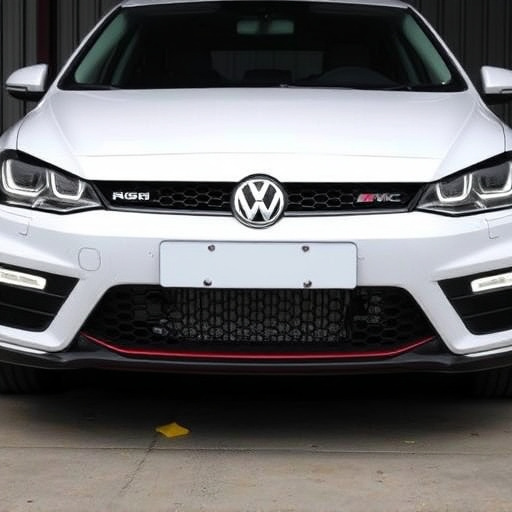
Ill-designed crosswalks and signal lights pose significant risks to pedestrians, highlighting the urgent need for pedestrian safety features repair. Many urban areas struggle with outdated infrastructure that fails to accommodate the complex interactions between pedestrians, vehicles, and traffic signals. Crosswalks that lack proper markings, visibility issues due to nearby structures or poor lighting, and signal timings that do not prioritize pedestrian crossings are common problems. These design flaws encourage hazardous situations, leading to accidents and injuries.
Upgrading these features involves more than just aesthetic changes; it requires a comprehensive understanding of traffic patterns and pedestrian behavior. Repairs should focus on enhancing visibility with reflective markings and better lighting, ensuring signal timings are optimized for safe crossing, and incorporating technologies like sensors and cameras to detect and respond to pedestrians’ needs. Investing in vehicle repair services specifically tailored for safety features can play a crucial role in achieving these improvements, alongside luxury vehicle repair experts who understand the intricate details of modern traffic systems. Effective pedestrian safety feature repair not only reduces accidents but also promotes a more inclusive and accessible urban environment for all.
Lack of Well-maintained Sidewalks
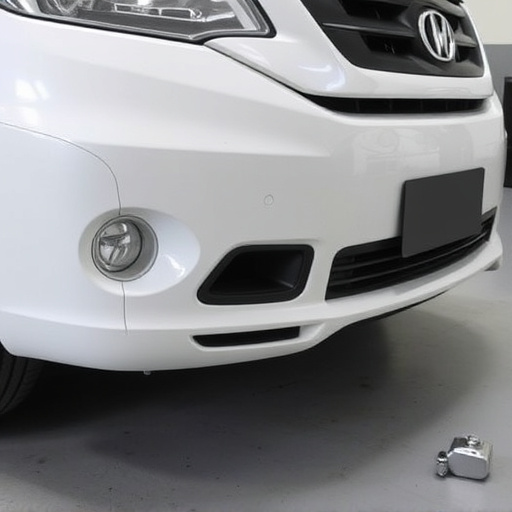
The absence of well-maintained sidewalks presents a significant challenge to pedestrian safety features repair. Cracked, uneven, or obstructed walkways not only pose risks to pedestrians but also increase the likelihood of accidents involving vehicles and foot traffic. Regular upkeep is crucial; it involves periodic inspections, timely repairs, and replacements to ensure these paths remain safe and accessible. A lack of maintenance often leads to hazardous conditions, forcing pedestrians onto roadsides, where they become vulnerable to passing vehicles—a scenario that can have severe consequences in collision damage repair scenarios.
Implementing robust sidewalk maintenance programs is essential to mitigating risks. These initiatives should include prompt attention to damage, such as repairs for cracks, holes, or uneven surfaces, and regular clearing of obstructions like overgrowth or debris. Moreover, integrating pedestrian safety features like well-lit paths, clear markings, and adequate signage can further reduce the risk of accidents. Prompt action on these issues not only enhances pedestrian safety but also contributes to a smoother transition between public spaces, homes, and vehicle body shops for daily commuters.
Inadequate Lighting in Walking Areas
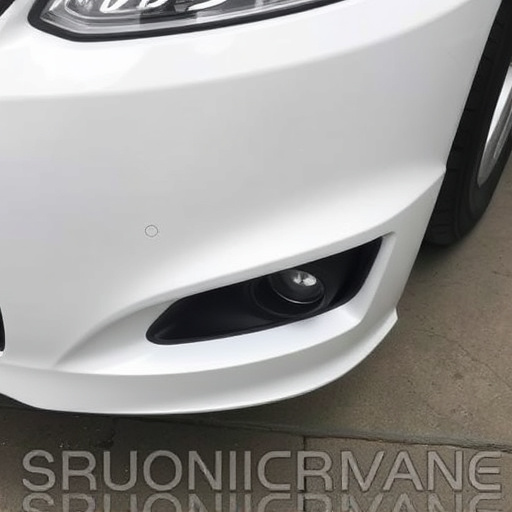
Inadequate lighting in walking areas is a significant concern when it comes to pedestrian safety features repair. Dark alleys, unlit sidewalks, and poorly designed streetlamps can create hazardous conditions for pedestrians, making them more vulnerable to accidents and crime. Today, many urban centers are prioritizing tire services and auto glass replacement to enhance visibility, but these alone are not enough. Effective solutions also include strategic fender repair and the installation of advanced lighting systems that provide clear, consistent illumination.
Regular maintenance and upgrades to pedestrian safety features can transform bustling neighborhoods into safer spaces for folks to walk and enjoy. By addressing inadequate lighting, communities can ensure better sightlines, reduce the risk of accidents, and foster an environment where everyone feels secure. In today’s digital era, prioritizing these repairs is not just about aesthetics but also about enhancing public safety and well-being.
Ensuring safe walking environments is paramount for any community. By addressing common issues like ill-designed crosswalks, neglected sidewalks, and insufficient lighting through prompt repairs and installations of appropriate pedestrian safety features, we can significantly reduce accidents and make our public spaces more accessible and secure for everyone. These measures are not just about compliance with safety standards; they reflect a commitment to fostering vibrant, inclusive communities where walking is enjoyable, convenient, and safe.
